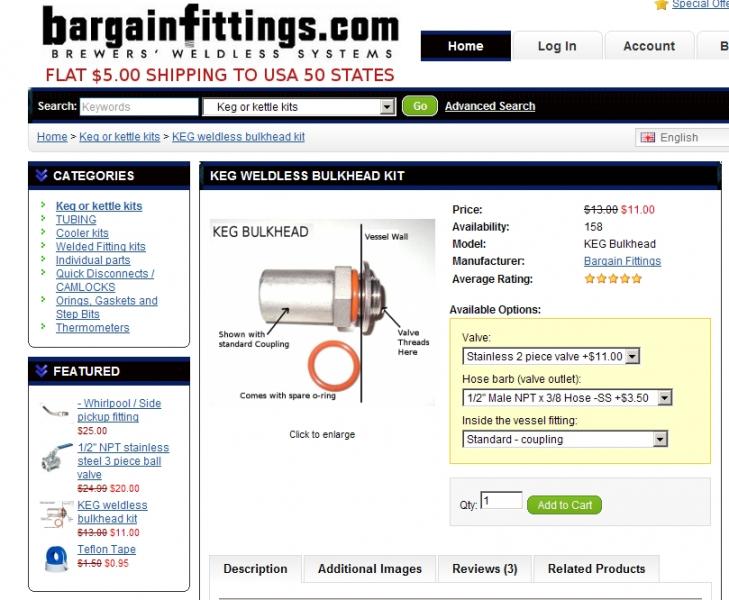BetterSense
Well-Known Member
When I siphon my beer out of the boil kettle, I end up leaving a whole bunch in the bottom of the kettle, like 1 or 2 gallons, because it's mixed with cloudy stuff. That cuts down my yield a bunch. I brew 5 gallons and only 3 make it to the fermenter.
I'm doing all-grain BIAB. After I boil, I cool my wort with an ice bath. Since I have a thin aluminum kettle, it only takes 35 minutes or so for the beer to get down to 68F. I whirlpool the beer at first but I don't stir it while it cools. The thing is, after I cool my beer, it separates really well, with the clear wort separate from the clouds of stuff--is there a name for it? I siphon away all the clear wort, but I'm left with at least a 3 inches of beer at the bottom that is totally cloudy. If I leave it sit for a while it settles some more and I could get another inch or so of clear beer off the top, but there's no way I could get my siphon started without stirring it up again. What other people do?
I'm doing all-grain BIAB. After I boil, I cool my wort with an ice bath. Since I have a thin aluminum kettle, it only takes 35 minutes or so for the beer to get down to 68F. I whirlpool the beer at first but I don't stir it while it cools. The thing is, after I cool my beer, it separates really well, with the clear wort separate from the clouds of stuff--is there a name for it? I siphon away all the clear wort, but I'm left with at least a 3 inches of beer at the bottom that is totally cloudy. If I leave it sit for a while it settles some more and I could get another inch or so of clear beer off the top, but there's no way I could get my siphon started without stirring it up again. What other people do?


